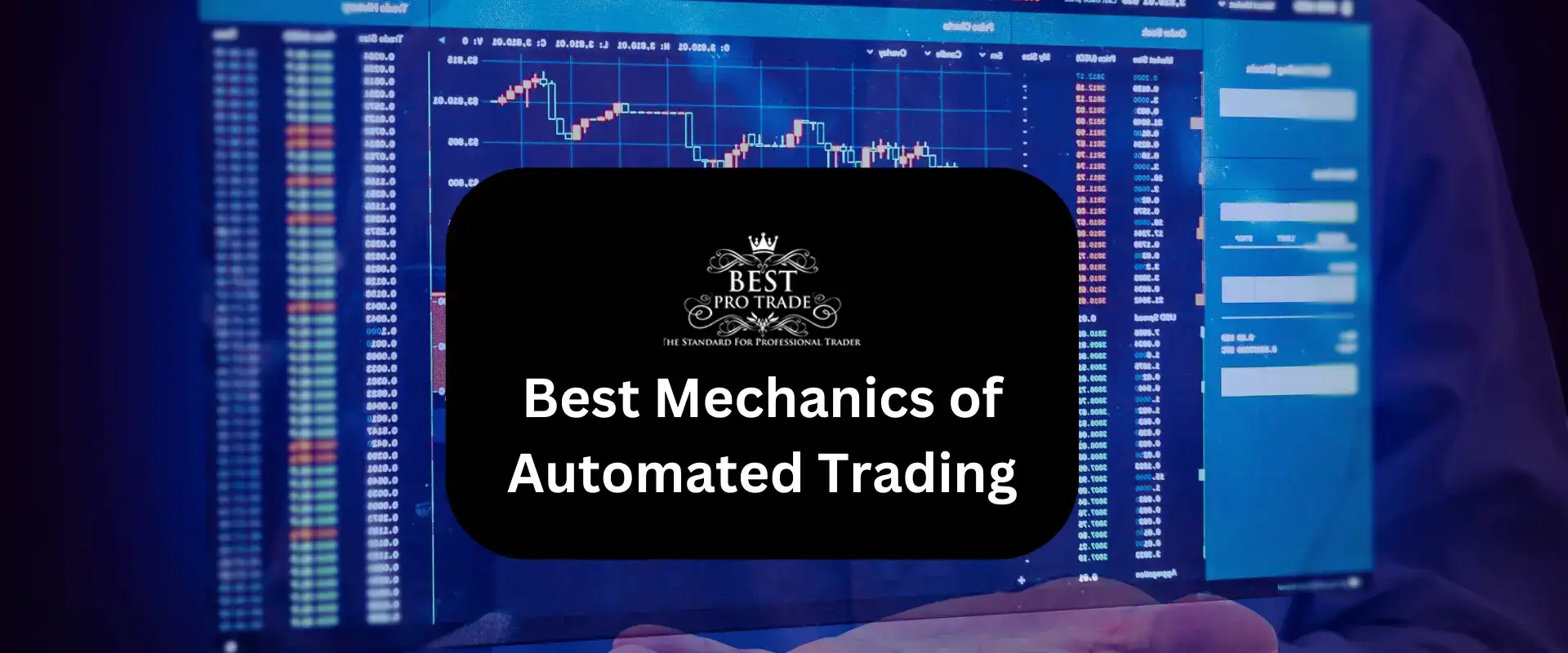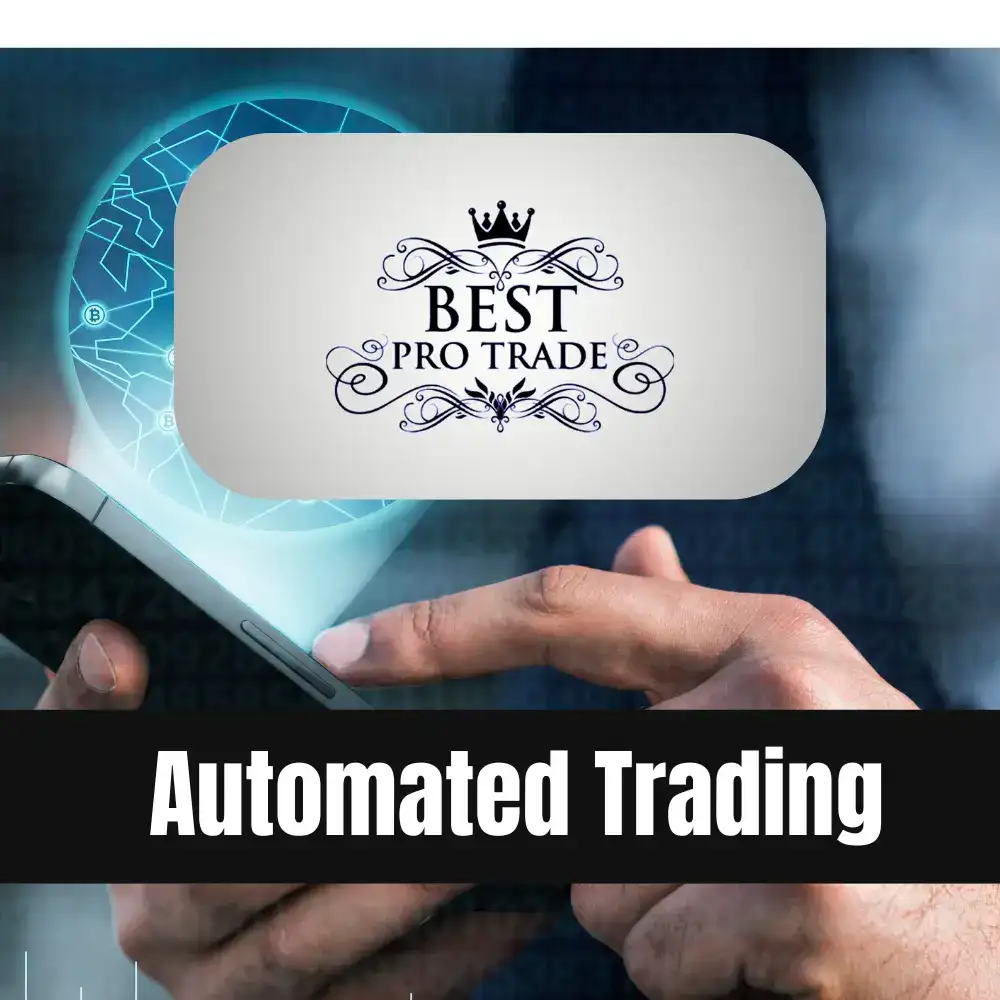What many traders struggle with when they start trading is how to sell on both sides of the market, how to make money when the market goes up, and also when it goes down. We are all familiar with buying a good and selling it at a higher price when it increases in value.
However, in trading, you can also make money when the market falls, and this is what is meant by trading both sides of the market. If you think a currency pair will lose, you sell it, and when you believe the price will increase, you repurchase it. It is like the reversal of buying and selling. And 12TradePro helps you understand the better best pro online algorithmic trading.
Trading Tips for Long Positions
When a currency pair is moving higher, you buy first and then sell to close the position. If the currency pair is moving lower, sell first and buy to close the position. When you buy it, it is called a long position. Also, when you sell, it is called a short post.
You must learn to trade on both sides of the market. If you see a currency pair surging, and you have done your analysis, buy to enter a long position. If you see a currency pair falling and your research confirms it is a low-risk trading opportunity, you sell to open a short position. It is essential to develop this approach to avoid bias. Just take a short or long position with confidence and base on your analysis of the market.
You may think you may not develop a bias, but when you start trading, you create a bias to one side or the other. Be careful! When you speak to your broker, use the right terminology. When you have a live trade in the market, it is called a position. Now let’s move on to Leverage and Margin.
Automated Trading: Revolutionizing the Financial Markets
Automated trading, also known as algorithmic trading or algo trading, is a sophisticated method of executing financial transactions using pre-programmed instructions and criteria.
This innovative approach to trading has been rapidly gaining popularity due to its efficiency, speed, and ability to remove emotional biases from decision-making.
What is Automated Trading?
Automated trading is like having a super-smart robot that helps you buy and sell stocks or other assets automatically. Imagine this robot as your personal financial assistant, always on the lookout for good deals and ready to make trades on your behalf.
Automated trading involves using computer algorithms to enter and exit trades based on predetermined conditions. These conditions can include price levels, technical indicators, market trends, and more. Traders and investors design these algorithms to execute trades automatically, without the need for manual intervention.
How Does Automated Trading Work?
Automated trading involves using computer programs to execute trading decisions based on predefined criteria and rules. Here’s how it typically works:
- Strategy Development: Traders or developers create trading strategies based on various factors such as technical indicators, fundamental analysis, quantitative models, or a combination of these. The strategy defines conditions for entering, exiting, and managing trades.
- Data Collection and Analysis: The algorithm collects real-time or historical market data, such as price movements, volume, and other relevant metrics. It then processes this data according to the predefined rules to identify trading opportunities.
- Decision Making: Based on the analyzed data and the rules programmed into the algorithm, automated trading systems make buy, sell, or hold decisions. These decisions can be based on technical indicators like moving averages, MACD, RSI, or complex quantitative models that consider multiple variables.
- Risk Management: Automated trading systems often include risk management rules to control the size of trades, set stop-loss and take-profit levels, and manage overall portfolio risk. These rules help minimize losses and protect capital.
- Monitoring and Optimization: Traders continuously monitor the performance of their automated trading systems. They may adjust parameters, update strategies, or optimize algorithms based on backtesting results, market changes, or new data insights.
- Execution Speed: High-frequency trading (HFT) algorithms operate at extremely high speeds, executing trades in milliseconds or microseconds. These algorithms leverage advanced technologies like co-location (placing servers near exchanges), low-latency networks, and optimized hardware to gain an edge in speed-sensitive trading strategies.

Advantages of Automated Trading
- Speed and Efficiency: Automated trading can execute trades much faster than human traders, enabling them to take advantage of small price differentials or market inefficiencies.
- Emotion-Free Trading: Algorithms follow predefined rules and parameters, eliminating emotional biases that can lead to impulsive or irrational trading decisions.
- Backtesting and Optimization: Traders can backtest their algorithms using historical data to assess performance and optimize strategies before deploying them in live markets.
- Diversification: Automated trading allows for the simultaneous execution of multiple strategies across various asset classes, providing diversification benefits and risk management.
Types of Automated Trading Strategies
- Trend Following: Algorithms identify and capitalize on market trends, buying during uptrends and selling during downtrends.
- Mean Reversion: Strategies based on the belief that prices tend to revert to their mean over time, exploiting price deviations.
- Arbitrage: Capitalizing on price discrepancies of the same asset across different markets or exchanges.
- High-Frequency Trading (HFT): Utilizing algorithms to execute a large number of trades in milliseconds, often taking advantage of small price discrepancies.
Best Pro Trade Leverage And Margin
These terms are misused and misunderstood in trading; there are many traders who trade without knowing what these terms mean. What you need to know is that leverage and margin are entirely different things.
Leverage is your broker gives you to magnify your trading profits, while margin is the cost of entry and the money you put into your assets.
This is a proper example to explain leverage and why it is a double-edged sword. If you have £20,000 as a deposit, you can afford to buy a house of £100000. The formula for leverage is property value divided by the deposit. In this case, one hundred is divided by twenty-five.
Now equate it to forex, leverage levels are expressed as a ratio, like an example above. The minimum leverage level offered by brokers is fifty to one, but it can go as high as four hundred to one. If you think about this in the context of our example, it means a mortgage lender can offer eight million pounds against a twenty thousand pounds deposit.
A sane lender can’t offer this to his client, and yet until recently, this was what brokers offered their clients until multiple regulatory agencies curbed these brokers and sent them offshore.
The terms of each broker are different, don’t be afraid to ask questions if you don’t understand.
Best Pro Trade the Bid, Spread And Ask
There are always two figures quoted in every currency quote; the first one on the left is called the bid, and the second one on the right is called the ask. The difference between them is called the spread. The spread varies from broker to broker, and throughout the trading day.
It is not fixed and changes according to the market.
Automated Trading Pips To Cash
This means converting a current exchange rate into cash. In other words, Pips to Cash.
Best Autotrader Futures Day Trading System
The major distinction between the futures market and the normal market where goods are sold and purchased are contractual agreements in the futures market. This contractual agreement allow goods to be delivered during a stipulated future month. There is no immediate transfer of the possession of the commodities entailed.
That is, selling and buying commodities in the futures market does not depend on the ownership of the item involved.
One can cancel the sale at any time by an identical offsetting purchase or a prior purchase by a comparable offsetting sale. If this is done before the stipulated month, there will be no delivery or receipt of the trade.
Check out the YouTube channel to learn more about how automated trading systems work.

